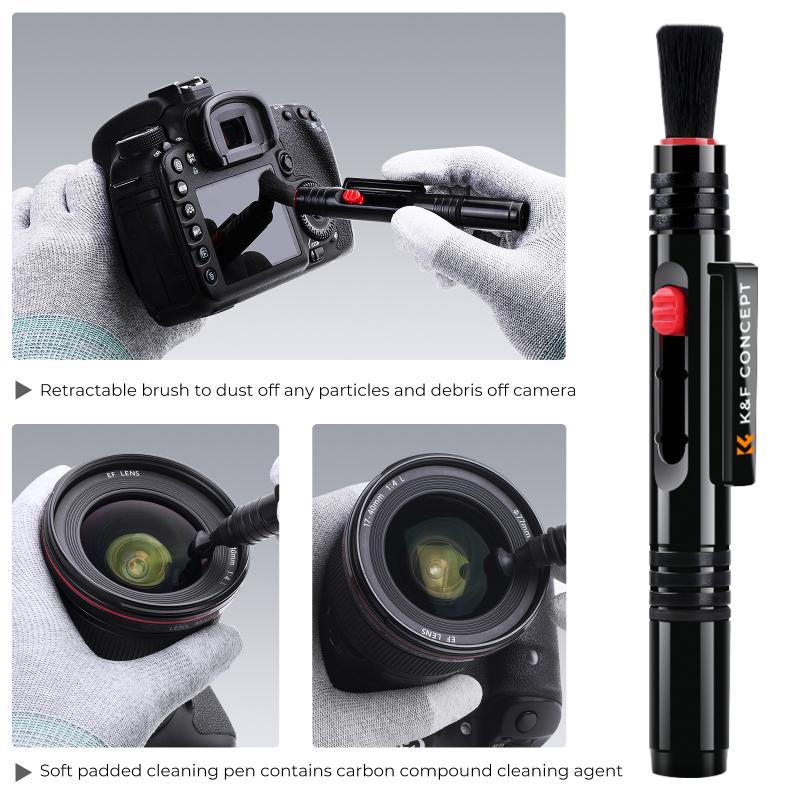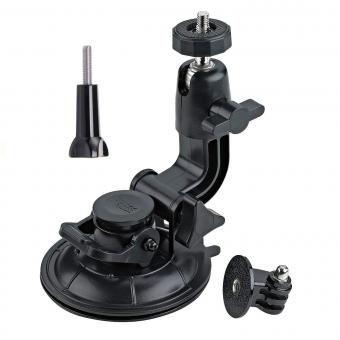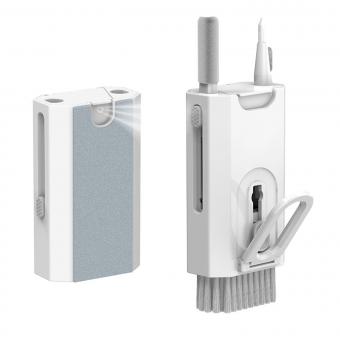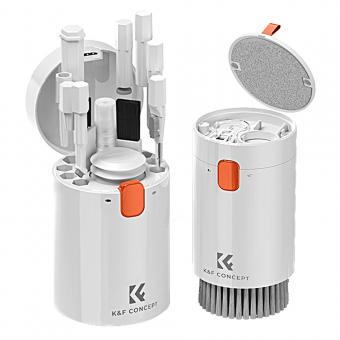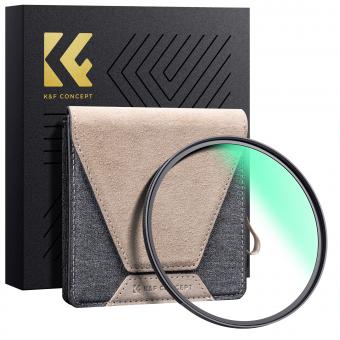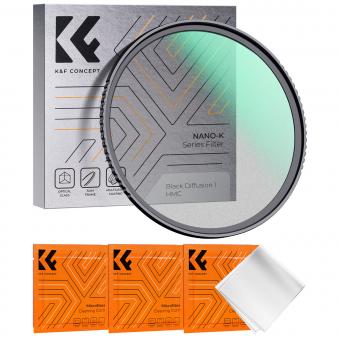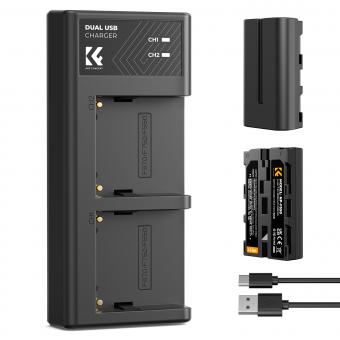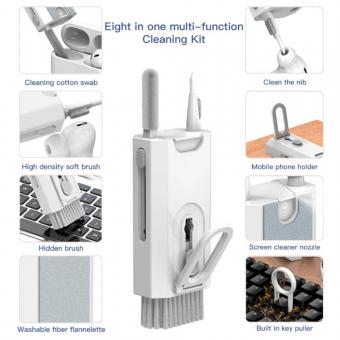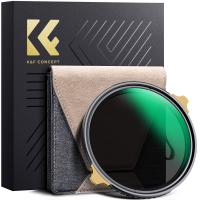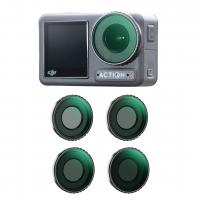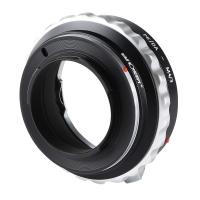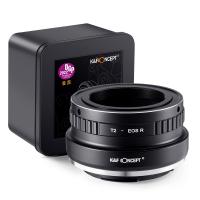How To Clean Fountain Pens ?
To clean fountain pens, disassemble the pen by unscrewing the barrel and removing the ink cartridge or converter. Rinse the nib and feed under warm water to remove any residual ink. Use a bulb syringe or a converter filled with water to flush out the pen's ink reservoir. Gently squeeze the bulb syringe or operate the converter to force water through the pen until it runs clear. If there is stubborn ink residue, you can soak the nib and feed in a cup of warm water for a few hours or overnight. After cleaning, dry the pen components thoroughly with a soft cloth or paper towel before reassembling. It is important to clean fountain pens regularly to maintain their performance and prevent clogging.
1、 Disassembling the pen
How to clean fountain pens:
Cleaning fountain pens is an essential part of maintaining their performance and longevity. There are several methods to clean a fountain pen, but one of the most effective ways is by disassembling the pen. However, it is important to note that not all fountain pens can be disassembled, so it is crucial to check the manufacturer's instructions before attempting to do so.
To disassemble a fountain pen, start by removing the cap and unscrewing the barrel from the grip section. Next, carefully unscrew the nib and feed from the grip section. Be cautious while handling the nib as it is delicate and can be easily damaged. Once the pen is disassembled, rinse each part separately under lukewarm water to remove any ink residue.
After rinsing, use a soft toothbrush or a pen cleaning brush to gently scrub the nib, feed, and grip section. This will help remove any stubborn ink stains or debris. Avoid using harsh chemicals or abrasive materials as they can damage the pen's delicate components.
Once all the parts are clean, leave them to air dry on a clean towel or paper towel. It is important to ensure that all the parts are completely dry before reassembling the pen to prevent any ink flow issues.
In recent years, there has been a growing trend of using pen cleaning solutions specifically designed for fountain pens. These solutions are often gentle and effective in removing ink stains and residue. However, it is important to follow the manufacturer's instructions when using these solutions to avoid any damage to the pen.
In conclusion, disassembling a fountain pen and cleaning its individual parts is an effective way to maintain its performance. However, it is crucial to exercise caution and refer to the manufacturer's instructions to ensure the proper disassembly and cleaning process.
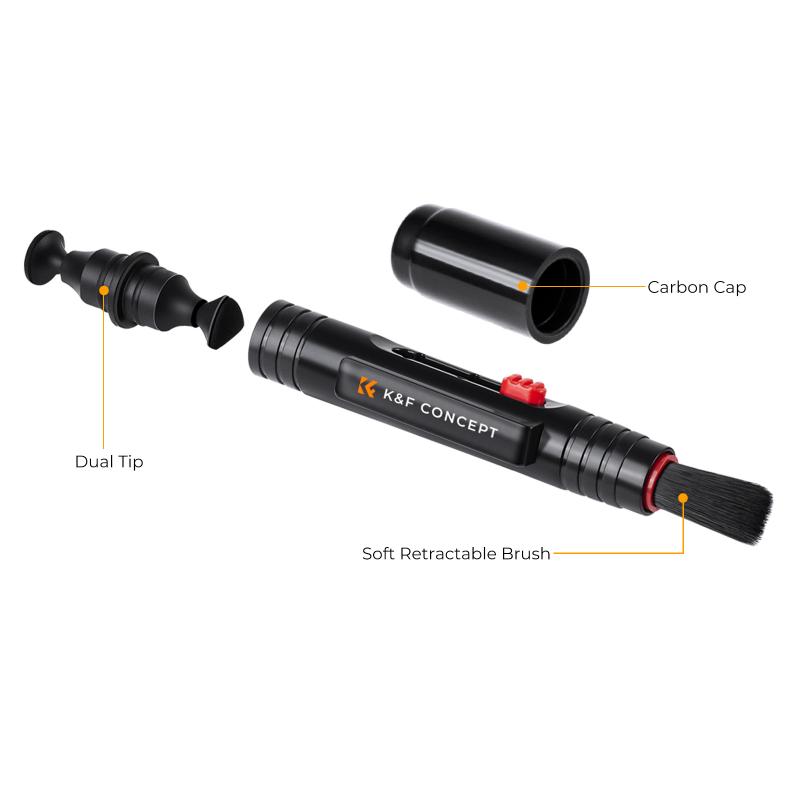
2、 Flushing the pen with water
Flushing the pen with water is a crucial step in cleaning fountain pens. It helps remove any ink residue or clogs that may have accumulated in the pen's feed system. Here's a step-by-step guide on how to clean fountain pens effectively:
1. Disassemble the pen: Start by unscrewing the pen barrel and removing the ink cartridge or converter. Carefully separate the nib and feed from the pen body.
2. Rinse the nib and feed: Hold the nib and feed under a gentle stream of lukewarm water. Allow the water to flow through the feed, flushing out any remaining ink. Gently swish the nib and feed in the water to dislodge any stubborn ink particles.
3. Use a bulb syringe: If the pen has a removable nib unit, you can attach a bulb syringe to the section and flush water through the feed. This method provides a more forceful flush, ensuring thorough cleaning.
4. Repeat the process: Continue flushing the pen until the water runs clear and free of any ink residue. Be patient and take your time, as this step is crucial for a proper cleaning.
5. Dry and reassemble: After flushing, gently pat the nib and feed dry with a soft cloth or paper towel. Leave the pen disassembled for a while to air dry completely. Once dry, reassemble the pen, ensuring all parts are securely tightened.
It's important to note that different pens may require specific cleaning methods, so always refer to the manufacturer's instructions if available. Additionally, some fountain pen enthusiasts recommend using a pen flush solution or a mild dish soap solution for a more thorough cleaning. However, be cautious when using any cleaning solution, as it may affect the pen's finish or internal components.
In conclusion, flushing the pen with water is a fundamental step in cleaning fountain pens. It helps maintain the pen's performance and prolong its lifespan.
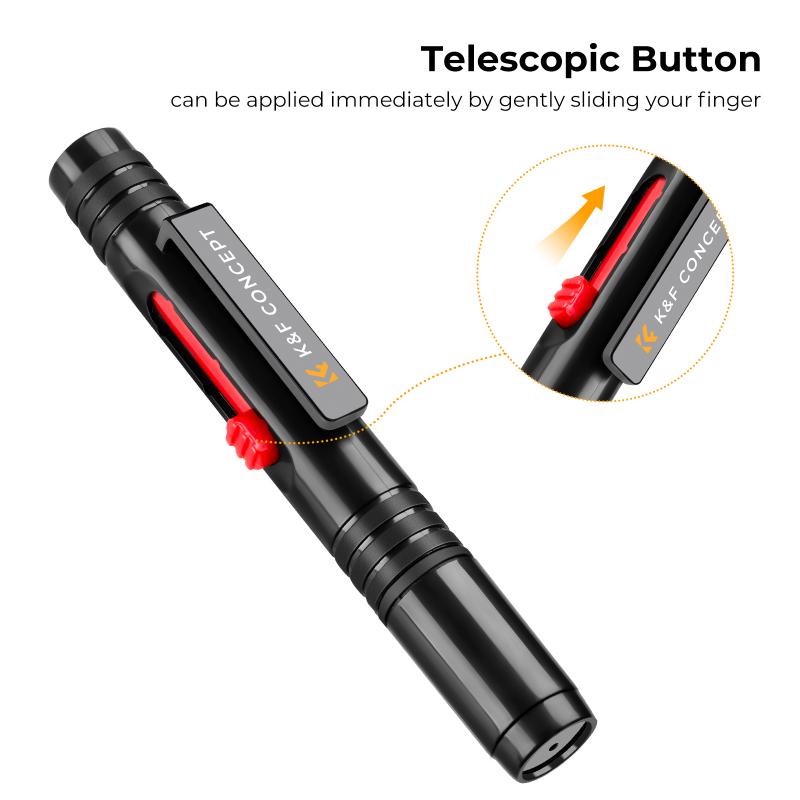
3、 Cleaning the nib and feed
Cleaning fountain pens is an essential task to maintain their performance and longevity. One crucial aspect of cleaning fountain pens is cleaning the nib and feed. The nib and feed are the parts responsible for delivering ink to the paper, and they can easily become clogged or contaminated over time.
To clean the nib and feed, start by removing the ink cartridge or converter from the pen. Then, gently rinse the nib and feed under lukewarm water to remove any residual ink. Be careful not to use hot water, as it can damage the pen. Alternatively, you can use a bulb syringe filled with water to flush out any ink particles.
If the nib and feed are particularly dirty or clogged, you can use a mild detergent solution. Fill a cup with lukewarm water and add a few drops of dish soap. Submerge the nib and feed in the solution and let them soak for a few minutes. Then, gently scrub the nib and feed with a soft toothbrush to remove any stubborn ink residue. Rinse them thoroughly under running water to remove any soap residue.
After cleaning, it is important to dry the nib and feed completely before reassembling the pen. Use a soft cloth or paper towel to gently pat them dry. Avoid using excessive force or rubbing, as it can damage the delicate nib.
Cleaning the nib and feed regularly will help maintain the pen's ink flow and prevent clogging. It is recommended to clean fountain pens every few weeks or whenever you change ink colors to ensure optimal performance.
In recent years, there has been a growing interest in using pen flush solutions specifically designed for fountain pens. These solutions are formulated to dissolve dried ink and remove stubborn stains more effectively. However, it is important to follow the manufacturer's instructions and use them sparingly, as excessive use may damage the pen.
Overall, cleaning the nib and feed of fountain pens is a simple yet crucial step in maintaining their performance and ensuring a smooth writing experience.

4、 Soaking the pen in a pen cleaner solution
Cleaning fountain pens is an essential task to maintain their performance and longevity. There are several methods to clean fountain pens, but one effective technique is soaking the pen in a pen cleaner solution.
To begin, disassemble the pen by removing the cap, barrel, and ink converter or cartridge. Rinse the nib and feed under lukewarm water to remove any excess ink. Then, fill a small container with a pen cleaner solution. This solution can be a mixture of water and a few drops of dish soap or a specialized pen cleaner solution available in the market.
Gently place the nib and feed into the solution, ensuring they are fully submerged. Allow the pen to soak for about 15-30 minutes. This soaking process helps dissolve any dried ink or debris that may have accumulated in the pen.
After soaking, remove the pen from the solution and rinse it thoroughly under running water. Use a soft toothbrush or a pen cleaning cloth to gently scrub the nib and feed to remove any remaining ink or residue. Be careful not to apply excessive pressure, as it may damage the delicate nib.
Once the pen is clean, reassemble it and fill it with fresh ink. Test the pen on a scrap piece of paper to ensure it is working properly. If necessary, repeat the cleaning process until the pen writes smoothly and consistently.
It is important to note that different pens may require specific cleaning methods, so it is always advisable to consult the manufacturer's instructions or seek guidance from fountain pen enthusiasts or experts. Additionally, regular cleaning and maintenance can prevent ink clogs and ensure the pen's optimal performance.
In recent years, there has been a growing interest in eco-friendly cleaning alternatives. Some fountain pen enthusiasts have started exploring natural cleaning solutions, such as using a mixture of water and vinegar or water and baking soda. These alternatives are believed to be effective in removing ink stains and residue while being environmentally friendly. However, it is crucial to exercise caution and thoroughly research these methods before attempting them, as they may not be suitable for all types of fountain pens.
In conclusion, soaking the pen in a pen cleaner solution is a reliable method to clean fountain pens. Regular cleaning and maintenance are essential to keep the pen in optimal condition and ensure a smooth writing experience.
